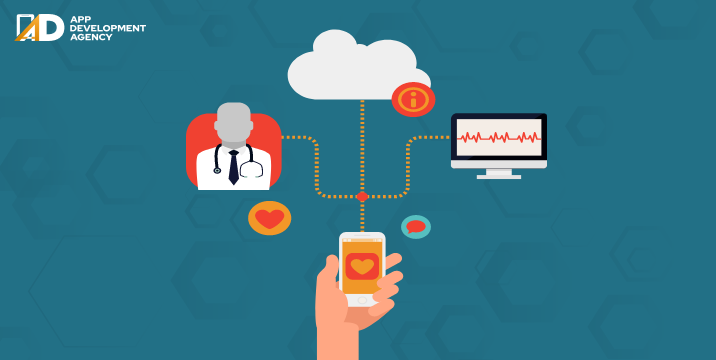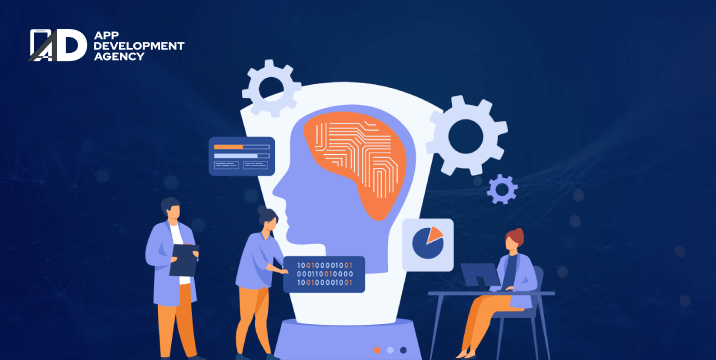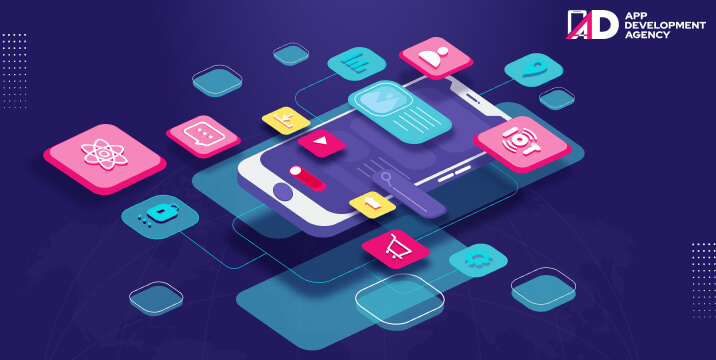Emerging Tech
Apache Spark vs Hadoop: Which Big Data Framework Is Preferable?
July 04, 2020
Big Data is a part of Data Science that is based on the volume, velocity and variety. It is just the unfathomed data, flowing from various sources, which has the immense potential to propel just about any industry. This large chunk of scattered and unstructured data lying in the digital universe requires proper management and analysis to derive meaningful information. We need technically advanced applications and software that can utilize fast and cost-efficient high-end computational power for such tasks. This is the entry point of Big Data Frameworks.
Big Data is a part of Data Science that is based on the volume, velocity and variety. It is just the unfathomed data, flowing from various sources, which has the immense potential to propel just about any industry. This large chunk of scattered and unstructured data lying in the digital universe requires proper management and analysis to derive meaningful information. We need technically advanced applications and software that can utilize fast and cost-efficient high-end computational power for such tasks. This is the entry point of Big Data Frameworks.
How can Big Data help you?
-
- Big data is being used for understanding and targeting customers by e-commerce companies. It is being used to understand and optimize business processes. People may use it to get rich insights and real value in analyzing the collective data. Collecting big data empowers healthcare professionals in computing analytics and predicting disease patterns.
-
- Big Data Techniques help monitors sick and immature babies. Such units can now predict infections, check heartbeat and breathing patterns 24 hours before the occurrence of any physical symptoms.
-
- Big Data Analytics also helps in monitoring and predicting the developments of epidemics and disease outbreaks.
-
- Big Data Scientists and developers have been integrating data from medical records with social media analytics enabling us to monitor flu outbreaks in real-time.
-
- Big Data is huge in improving sports performance. Sports teams make use of video analytics to track the performance of every player in a football or baseball game. The sensor technology guides them to improve their game. Such devices, equipped with data science techniques even monitor athletes outside the sporting environment to track their sleep and food intake.
-
- The computing power of big data can be applied to any set of data opening up new sources to scientists who wish to go forward with more research and findings.
-
- Big Data also helps optimize computer and data warehouse performance, to improve security and law enforcements – this worked on the idea of empowering individuals with certain information about job training programs pr let them know about increased penalties for people with certain backgrounds. (It was however different from practice profiling).
-
- Big Data can also help regularize the traffic flows by optimizing based on social media and weather data.
-
- Computers can be programmed with Big Data complex algorithms that scan markets for a set of customizable conditions and search for trading opportunities.
Few Big Data Examples
-
- Discovering consumer shopping habits
- Predictive inventory ordering
- Promotions based on the consumer buying behaviour and purchase history
- Customized marketing
- Fuel optimization tools for the transportation industry
- Monitoring health conditions through data from wearables
- Live road mapping for autonomous vehicles
- Real-time data monitoring and cyber-security protocols
- Streamlined media streaming
- Personalized health plans for cancer patients
What is Big Data, by definition and which technologies does it support?
Big Data refers to collecting large complex data sets, which are often unstructured and are often difficult to process using traditional applications/tools. Amongst various frameworks available to handle big data, some important ones include Apache Hadoop, Microsoft HDInsight, NoSQL, Hive, Sqoop, Polybase, Big Data in Excel, Spark and Presto. As relevant to the current discussion, here is a featured comparison of two traditional big data frameworks are Hadoop vs. Spark:
The Difference Between Spark And Hadoop
Comparison
|
Apache Hadoop
|
Apache Spark
|
| What is it? |
- Hadoop is a free, open-source framework with two components, HDFS and YARN, based on Java.
- It can effectively store a large amount of data in a cluster.
|
- Spark uses the Hadoop MapReduce distributed computing framework as its foundation.
- Spark was intended to improve on several aspects of the MapReduce project, such as performance and ease of use while preserving many of MapReduce’s benefits.
- Apache Spark is designed to achieve real-time data analytics within a distributed environment.
- Components of Spark include Spark Core, Machine Learning Library, Spark Learning, Spark SQL and GraphX.
|
| Type of data processing |
- Hadoop runs in parallel on a cluster and can allow us to process data across all nodes.
- Hadoop Distributed File System (HDFS) is the storage system of Hadoop which splits big data and distributes across many nodes in a cluster.
- This also replicates data in a cluster thus providing high availability.
- To process data with YARN, Hadoop can also be integrated with tools such as Hive and Pig. Although running programs with Hadoop can be tasking, because there is no interaction, tools like Pig make it easier to run.
|
- Apache Spark utilizes RAM and it isn’t tied to Hadoop’s two-stage paradigm.
- Apache Spark works well for smaller data sets that can all fit into a server’s RAM.
- Spark can process 100 TBs of data at three times the speed of Hadoop.
- Spark applies in-memory processing. Thus, there is less focus on hard disks, in comparison with Hadoop.
- Although Spark applies standard disk space, data processing with Spark does not require disks.
- Instead, Spark requires a lot of RAM in the data processing.
|
| Cost |
- Hadoop is more cost-effective processing massive data sets.
- With Hadoop, the storage and processing of data occur within a disk. Thus, Hadoop only requires a lot of disk space.
- Hadoop requires standard memory to function optimally.
- Hadoop also requires multiple systems applied in the distribution of the I/O of the disk.
|
- The difference infrastructure makes Spark is a costlier option than Hadoop.
- The infrastructure that makes Spark expensive is responsible for the in-memory processing for which it is known.
- The cost of the use of Spark could be reduced when it is mainly used for real-time data analytics.
|
| Performance |
- Hadoop is not faster than Apache Spark.
- Hadoop also has impressive speed, known to process terabytes of unstructured data in minutes, while processing petabytes of data in hours, based on its distribution system.
- But it is not designed for real-time processing of data.
- It is rather suitable for storing and processing data from a range of sources.
|
- Spark has a Resilient, Distributed Dataset Structure, which improves its speed of data processing.
- It is potentially 100 times faster than Hadoop MapReduce.
- It allows in-memory processing, which enhances its processing speed.
- It also makes use of disks for data that are not compatible with memory.
- Spark allows the processing of data in real-time, a feature that makes it suitable for use in machine learning, security analytics, and credit card processing systems.
|
| Ease of Use |
Hadoop is scalable, reliable and easy to use. |
- The ease of use for Spark comes from its user-friendly APIs.
- These APIs are available for Python, Scala and Java.
- Spark SQL, which is similar to SQL, is another indication of its user-friendliness since it can be easily learned by developers that are already familiar with SQL, a common find.
- Spark has a dashboard/shell that gives instant results for queries and other actions. This interactive platform helps users run commands with significant ease.
- It also has multilingual support that is helpful in batch and stream processing.
|
| Security |
Authentication is carried out with Kerberos and third-party tools on Hadoop. The third-party authentication options for Hadoop include Lightweight Directory Access Protocol. Security measures also apply to the components of Hadoop. For HDFS, for example, access control lists, as well as traditional file permissions, are applied. |
Spark has file-level permissions and access control lists of HDFS since Spark and HDFS can be integrated. |
| Fault Tolerance |
Hadoop deals with fault tolerance in two ways: (1) through the qualitative control function of the master daemons, as well as with commodity hardware.
(2) Community hardware is applied by Hadoop in replicating data when failures occur.
The master daemons of the two components of Hadoop monitor the operation of the slave daemons. When a slave daemon fails, its tasks are assigned to another functional slave daemon. |
Spark makes use of Resilient Distributed Datasets (RDDs) which help in checking the failures by referring to datasets shared in external storage systems. Thus, RDDs can keep datasets accessible, in memory, across operations. RDDs can also be recomputed when they are lost.
Since RDDs are involved in fault tolerance in Spark when failures occur, minimal downtime is experienced, and operation time is not significantly lengthened. |
Apache Spark vs. Hadoop: Where should we go from here?
The ever increasing data that is exponential with the growth of the population must be followed up with tools that meet the expanded need for data analytics. We discussed Apache Spark and Apache Hadoop in this space and got to know that Spark is more expensive to use than Hadoop, the details of projects could be modified to fit a wide range of budgets. Both these two tools are trusted by some of the biggest companies and App Developers India in the tech space. These are sustainable and suitable for different kinds of projects. Hadoop covers a wide market followed by Spark.


